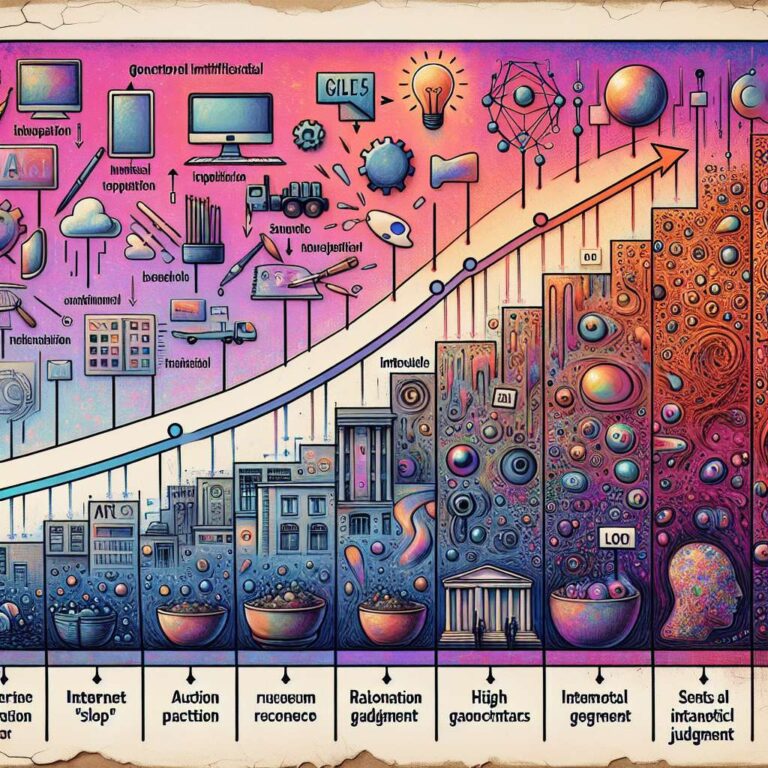Generative Artificial Intelligence has made image and video creation so accessible that social platforms are awash in quick, low-effort content, fueling skepticism that anything of artistic value can emerge from the tools. Yet a growing group of artists is using systems like Midjourney and Runway with clear intent and craft. They are building large online audiences, selling works at auction, and securing placements in galleries and museum collections, suggesting the medium is maturing even as backlash persists.
For Jacob Adler, a musician and composer who won the top prize at the generative video company Runway’s third annual Artificial Intelligence Film Festival for his work Total Pixel Space, the technology is one option among many. “Sometimes you need a camera, sometimes Artificial Intelligence, and sometimes paint or pencil or any other medium,” he says, framing the systems as tools that expand a creator’s palette. That accessibility is also central to the appeal for Henry Daubrez, an artist and designer who created the Artificial Intelligence visuals for a bitcoin NFT titled The Order of Satoshi that sold at Sotheby’s and who is now Google’s first filmmaker in residence. He argues that people who abandoned or never mastered traditional media can now create and share work.
Still, Daubrez does not believe the tools will mint “an entire generation of geniuses.” He describes himself as an “Artificial Intelligence-assisted artist” and says success depends on imagination, judgment, and taste. Prompting models like DALL-E and Midjourney may not require technical finesse, but steering them toward compelling results and evaluating outputs demand an artistic sensibility. “I think we’re getting into a new generation which is going to be driven by taste,” he says.
Other artists highlight how the medium’s evolution affects their practice. Fine artist Beth Frey, whose Instagram account has more than 100,000 followers, was initially drawn to early generative Artificial Intelligence for its uncanny qualities, from deformed hands to unsettling scenes of eating. As model errors have been ironed out, she finds the results less interesting and has not posted an Artificial Intelligence piece in over a year. “The better it gets, the less interesting it is for me,” she says. “You have to work harder to get the glitch now.”
Kira Xonorika, a self-described “Artificial Intelligence-collaborative artist,” embraces the tools’ unpredictability. Her short film Trickster, which explores themes including indigeneity and nonhuman intelligence, is the first work using generative Artificial Intelligence in the Denver Art Museum’s permanent collection. She says relinquishing some control to evolving systems can expand ideas if artists are open to surprise.
Despite these milestones, public acceptance lags. To many, “Artificial Intelligence art” remains synonymous with low-effort “slop.” Daubrez welcomes recognition but describes the experience as “sweet and sour” until audiences accept Artificial Intelligence as a tool like any other, capable of both forgettable output and meaningful art depending on the intent and taste behind it.

